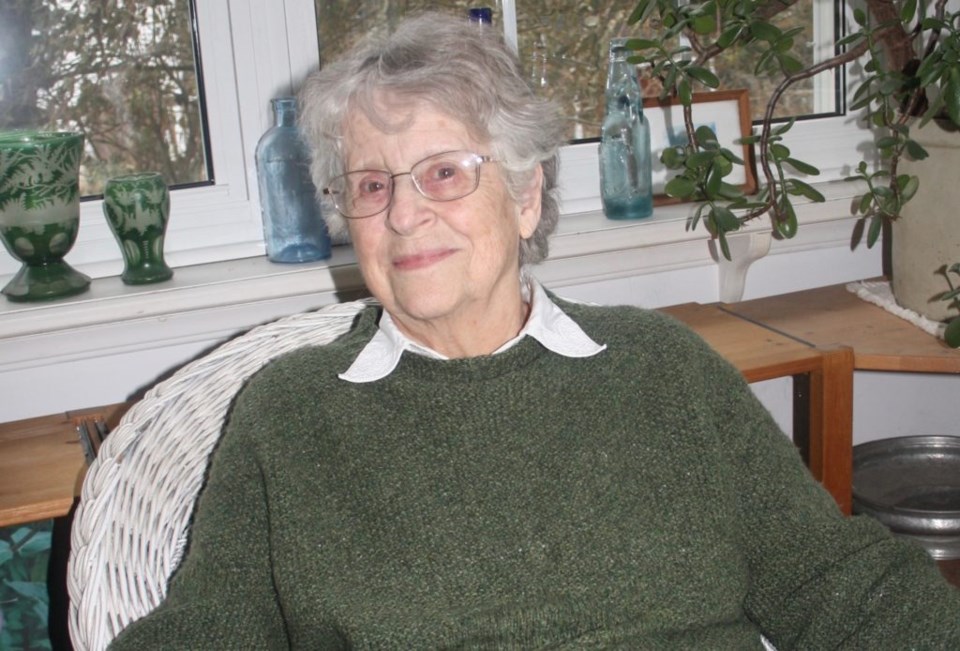
Ron Simkus, the dock area resident and retired engineer who has encouraged residents to pay attention to the recommendations proposed in the transportation master plan, says he believes the town has received a strong response.
The opportunity for commenting closed Monday, and a draft final plan is expected to be before councillors later this month.
Simkus says given what residents have said about the plan, CAO Marnie Cluckie has a challenge ahead of her.
Although he presented a long list of comments, he did not call for the plan to be scrapped altogether, but others have, finding little in its proposals worth keeping.
In her comments to the town, Gracia Janes, representing the Niagara-on-the-Lake Conservancy, which works to protect natural and built heritage, agreed with the transportation master plan’s declaration that it is “imperative that the preservation of the character of neighbourhoods and the Old Town Heritage District, be a priority.”
But its recommendations don’t reflect that.
“We strongly disagree however, with its claim that the current proposed multi-modal transportation master plan should be paramount in future decision-making. And we firmly believe the TMP study should be set aside and reworked by staff and council.”
She has several concerns: that widening Niagara Stone Road will take farmland out of production, while not relieving traffic congestion; that the redesign of QueenStreet will negatively impact businesses and the residents of surrounding streets; that opening Ball Street is contrary to former studies and goes against the public desire to keep it as a quiet, calming green space; that widening Charlotte Street into a collector road will add undue traffic to the historic neighbourhood, a portion of which has the potential to be part of a future Cultural Landscape Heritage District; the suggestion of sidewalks in the rural area does not not respect the farm community; and the conversion of cul-de-sacs to through-streets will reduce green space, and allow more and faster traffic.
She urges the town “to continue on with appropriate environmentally and historically sensitive traffic improvements as you update the town’s 2019 official plan, complete a Dock Area Secondary Plan that protects, as promised, this quiet, green, natural waterfront area from tourist overload; and continue working to achieve the creation and protection of landscape Heritage Districts, and/or, the possible expansion of the Queen-Picton Heritage District to include much of the National Heritage District and the Queen Street West and John Street East heritage homes.”
Whether this plan will be scrapped, or how much it is reworked, will be Cluckie’s call, says Simkus.
The recent attempt to solicit public response to the plan was too late, he adds. While the process began three years ago, and there has been public engagement, it wasn’t until this last draft was recently released that the public was made aware of the details of the plan.
“There was no kind of clear message at the beginning of the process as to what the basics of the plan would be,” he says.
Simkus recalls a virtual open house in July 2021 called specifically to discuss the plan. He and his wife Irene were the only ones to join the meeting — most of the time was spent with councillors speaking amongst themselves.
In August 2021 he submitted comments saying he “strongly objected” to the plan, comments which were ignored — he was told his objections were “too detailed for the scope of the plan.”
That was before anyone other than staff, councillors and the tranportation committee had seen the level of detail in this last draft.
Simkus says he has heard from many people who have made comments during this round of public consultation. “Very few people are happy with it,” he says, “and they will be watching what happens next. Everyone is going to be acutely aware of what process the town follows.”
The CAO, he says, has “a huge challenge on her hands” putting the feedback together and developing themes so staff will get consistent messages.
In hindsight, Simkus says, “this project was launched almost on the eve of COVID,” whhe town’s emergency control committee was focused elsewhere. When the open house was held in 2021, people were distracted by talk of the next wave. “There wasn’t any real debate. At that point the town should have said this plan could be put on the back burner. It didn’t have to be done at this time.”
In contrast, he calls the current round of public comments “a tidal wave.”
“If you address all our key points, what kind of skeleton will you be left with?”